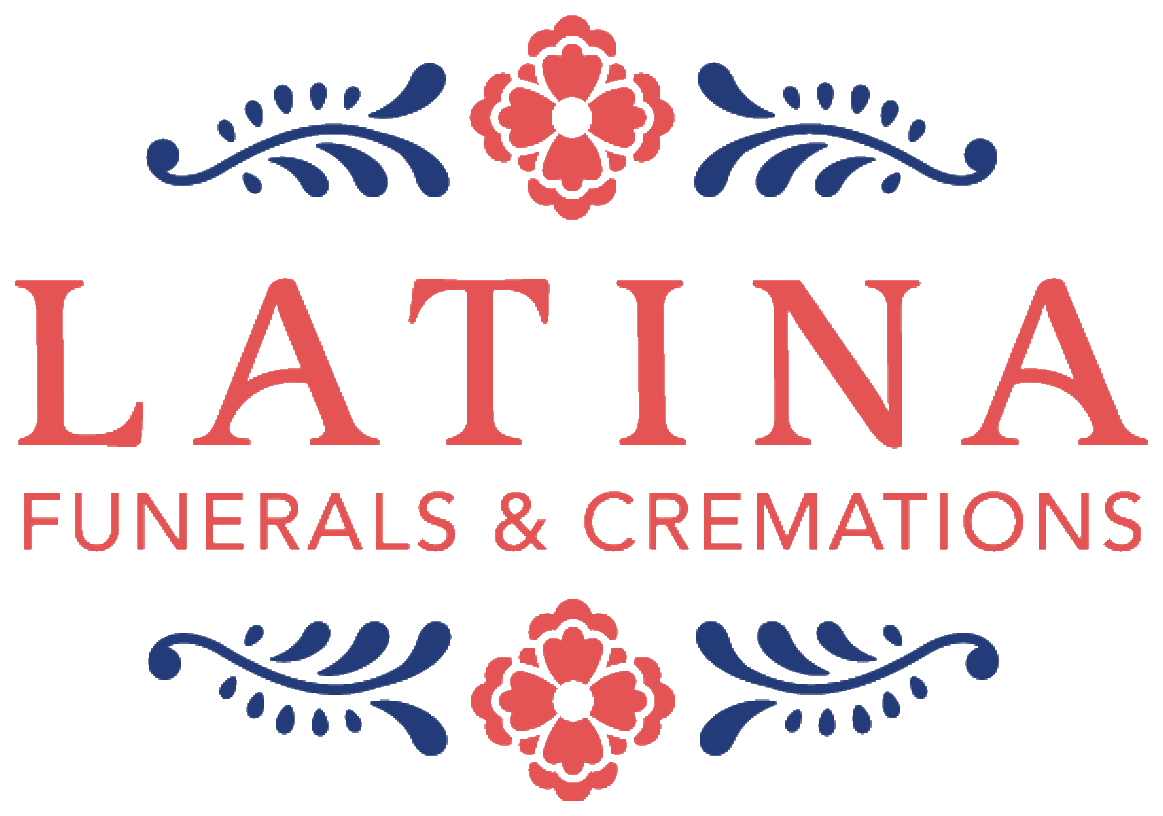Celebrating a Life

What is a celebration of life and how does it differ from a religious funeral?
Celebrations of life are becoming more and more common, but many people still don’t fully understand what they entail. Particularly in Hispanic communities, some wonder if these services replace the religious rituals of more traditional funerals. But do they?
¿Qué es una celebración de la vida?
In the traditional sense, a funeral is a ritual that honors the transitioning of the deceased from this life to the next, while a celebration of life service focuses on sharing the life and stories of the departed in a more festive manner. Celebration of life services are when friends and family of the departed come together to celebrate the distinctive personality and achievements of the deceased, but they’re not meant to replace the rituals of religious funerals. Celebrations of life can help soothe the difficult process of saying goodbye.
¿Es una falta de respeto celebrar durante la pérdida?
In the past 20 or so years, celebrations of life have become more common, embraced especially by Anglo-American culture. On the other hand, Hispanics tend to adhere more to the traditional rites and rituals of religious services. Some older Hispanics may even consider celebrations of life to be disrespectful or contrary to traditional Catholic services, while younger generations may feel stuck somewhere in the middle.
Un funeral también es una celebración de la vida.
The difficult decisions of funeral planning that must be made when a loved one dies often fall on the younger female family members. La nieta might be the one making the funeral arrangements while consoling and explaining options to her aging abuelita. Meanwhile, her mother might be charged with contacting and notifying family members.
So how does a young woman explain to her abuela that a celebration of life service is an option that she would like to explore and perhaps incorporate into the traditional service without offending her?
One way to broach the subject is to remind the older member of the family that the Catholic religion is rich in rituals, such as novenas, and more than one type of misa. There is a particular misa called the Memorial Mass which is similar to the celebration of life service in that it is about remembering the life of the dearly departed.
La Misa Conmemorativa Católica is a religious mass that takes place in a church when the body of the deceased is not available or after the burial, and offers members of the family and friends the opportunity to speak about the deceased. Afterward, family and friends typically reunite at a home after the misa, creating an excellent opportunity for a celebration of life service.
It is important to remember that celebrating the life of a departed loved one is also a part of grieving. We cannot think about death without thinking about life, as they are an intertwined part of our existence. When you celebrate the life of a loved one as you mourn their loss, it can soothe the seemingly unbearable pain that mourning brings.
So, do Catholic mourning rituals forbid celebrating the life of the deceased? Not at all. While the homily at a Catholic funeral is a solemn vigil where many devout people will pray, it can also be respectfully followed by a less formal reception, where the community gathers to recall the joyful memories that you shared with the deceased.
Therefore, if the celebration of life service is simply another name for a Memorial Mass, then it becomes clear that it is already part of the Latino tradition and not at all disrespectful. Mexican funerals are often followed by a family reunion or visitation that can go well into the night at the funeral home or at the family residence where food and drinks are served and oftentimes mariachis are brought into the home. And it is during this time where the dearly departed is remembered and celebrated with stories about their life, where pictures are shared and laughter becomes comingled with tears.
You can lovingly explain to your family that celebrating a loved one’s life during this time can actually bring peace of mine and a bit of joy to an aching heart as they say goodbye.
Cómo celebrar una vida
At Latina Funerals & Cremations, we can help families plan services that include elements of the traditional religious funeral while incorporating unique ways to celebrate the life of a loved one. For instance, you can have a service that incorporates personalized details, such as team memorabilia if the deceased was a lifelong sports fan, or their paintings or music if the deceased worked in the arts, or letters from their students if their passion was teaching.
Some other ideas include making T-shirts with a picture of the person you’re honoring and hand them out to guests, creating a playlist of a loved one’s favorite music, or making a video with heartwarming clips of the deceased to share at the funeral or reception.
The important thing to remember is that when it comes to planning an end-of-life ceremony, there is no right or wrong answer. The most important thing is to plan a service that helps your family heal and say goodbye, and honors both your values and traditions.
The best service is the one that is right for you and your family, and creative, personalized touches can help soothe the soul.
Go en paz.
As members of Denver’s Hispanic communities, we feel a deep responsibility to help its families through some of their most difficult days. We are here for you and your loved ones, and our staff is available to answer any questions you may have.
Llámanos al (303) 996-0701.

